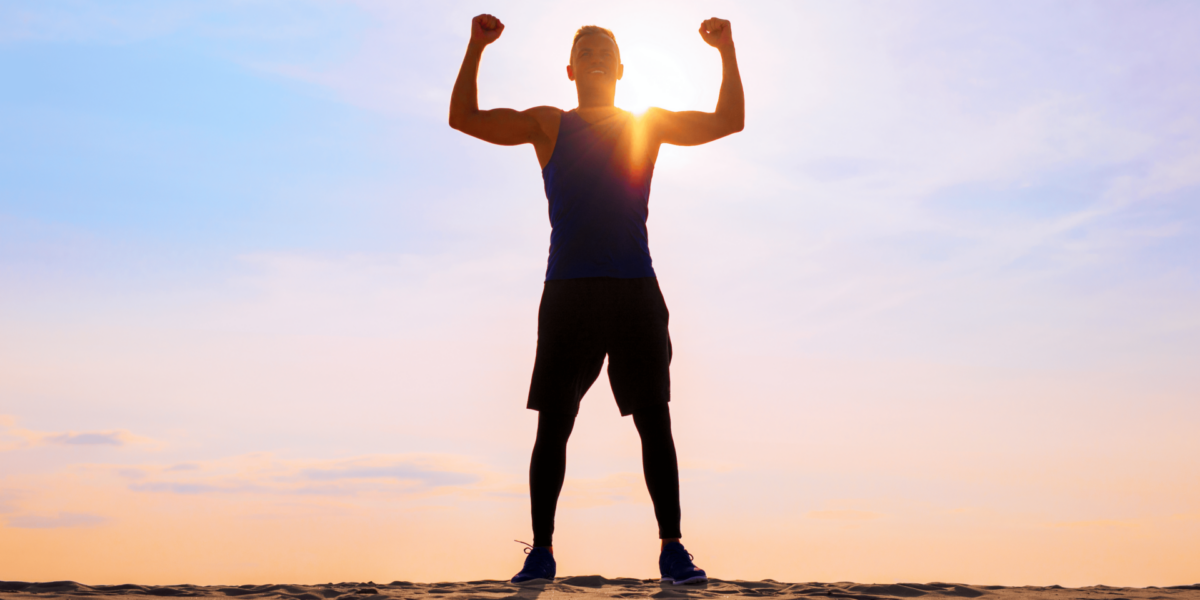Thoughtful Design Builds Better Athletic Spaces
Sports facilities must do more than provide space—they must support movement, safety, and community. At Kviberg Park, design choices affect how athletes train, rest, and interact with others. Layout, materials, and accessibility features all contribute to whether a space works well for daily activity.
By focusing on function and flow, designers make it easier for athletes to move through the park with purpose. Each area serves a specific role, from entry points to training zones. These decisions ensure the park supports both individual focus and group performance.
Open Layouts Reduce Congestion and Support Flow
Kviberg uses open space to help athletes and visitors move efficiently. Wide walkways, clear sightlines, and separate access points reduce traffic buildup, even during busy hours. Whether someone arrives for football practice or a ski session, they can get to their zone without crossing through unrelated areas.
This layout also helps during events. When matches or tournaments take place, the design allows teams, fans, and staff to operate without interference. Clear boundaries keep movement steady and avoid disruptions in training or competition.
Surfaces Matter in Injury Prevention and Performance
Each sport requires a specific surface. Kviberg uses artificial turf for football, padded flooring for martial arts, and rubberized tracks for running. These materials absorb shock, prevent slips, and reduce wear on joints. The right surface helps athletes avoid injury and improves overall performance.
Even walking areas use anti-slip textures during winter months. This level of attention extends beyond the playing fields and into the design of paths, entryways, and indoor training zones. Surfaces across the park work to support consistent, safe motion.
Lighting Extends Use Into Evening Hours
Outdoor fields and walking paths use LED lighting that turns on as daylight fades. Indoors, consistent brightness across training halls helps athletes stay focused and coaches give feedback. These lighting systems allow the park to stay active beyond regular daylight hours.
Good lighting also improves safety. Clear visibility helps prevent accidents, especially in winter when natural light disappears early. It also supports video recording for training analysis, allowing athletes and coaches to review movement and improve technique.
Storage and Support Spaces Keep Athletes Prepared
Well-placed storage areas, locker rooms, and resting zones play a key role in how athletes experience a facility. Kviberg includes secure storage for gear, benches for recovery, and restrooms within easy reach of all activity zones. These elements allow athletes to stay organized and focused.
When athletes don’t need to carry equipment across long distances or search for changing areas, they save energy and reduce distraction. These small efficiencies support better concentration and smoother training sessions.
Multi-Sport Use Requires Flexible Zones
Kviberg was built to support more than one sport at a time. The park includes modular areas that can switch functions. Indoor halls shift from martial arts to group fitness. Open fields host football in one session and lacrosse in the next.
Designing for flexibility means choosing materials and dimensions that fit multiple needs. Clear signage, adjustable boundaries, and smart scheduling help staff reassign zones without delay. This versatility maximizes facility use and accommodates changing demand.
Accessibility Makes Movement Possible for Everyone
Athletic design includes more than able-bodied users. Kviberg includes features that allow athletes with disabilities to move freely. Ramps, handrails, wide entrances, and elevators connect all major areas. Bathrooms and locker rooms include adaptive equipment for wheelchair users.
Inclusive design benefits everyone. Parents with strollers, seniors with walking aids, and children just learning to move all navigate the space without barriers. This commitment to universal access ensures the park lives up to its goal of supporting all athletes.
Sightlines Help Coaches Monitor and Guide Performance
Open views across training areas help coaches stay engaged with their teams. From one spot, a coach can track players across a full field or hall. This layout allows for quick feedback, real-time correction, and improved instruction.
Athletes benefit too. They can watch others, learn through observation, and stay aware of their environment. Clear sightlines reduce confusion and keep everyone aligned with the session’s goals.
Environmental Design Supports Mental Focus
Beyond the physical layout, Kviberg’s design promotes calm and focus. Natural light enters through large windows. Neutral wall colors avoid distraction. Open ceilings in training halls give a sense of space, reducing stress in high-performance settings.
Design can influence mindset. A cluttered, noisy environment can reduce focus. A clean, well-organized space helps athletes prepare mentally before entering training or competition. Kviberg’s architecture creates an environment that respects both body and mind.
Community Zones Encourage Interaction Off the Field
Athletic design includes more than training areas. Kviberg includes common zones where athletes meet between sessions. Cafés, rest spots, and outdoor seating give users a place to talk, plan, and relax. These spaces encourage conversation and build community trust.
By placing these zones near key access points, the design encourages natural interaction without interrupting athletic flow. Teams debrief, families gather, and new friendships begin in these informal areas, strengthening the social fabric of the park.
Design Shapes Every Step of an Athlete’s Journey
At Kviberg, movement starts with design. From the moment an athlete enters to the final stretch of training, every part of the space influences how they move, focus, and perform. Open layouts, smart surfaces, flexible zones, and inclusive features work together to support daily use. The park’s architecture doesn’t just house sports—it shapes how they unfold. When space is built for motion, athletes can reach their full potential, and communities grow stronger through shared movement.
